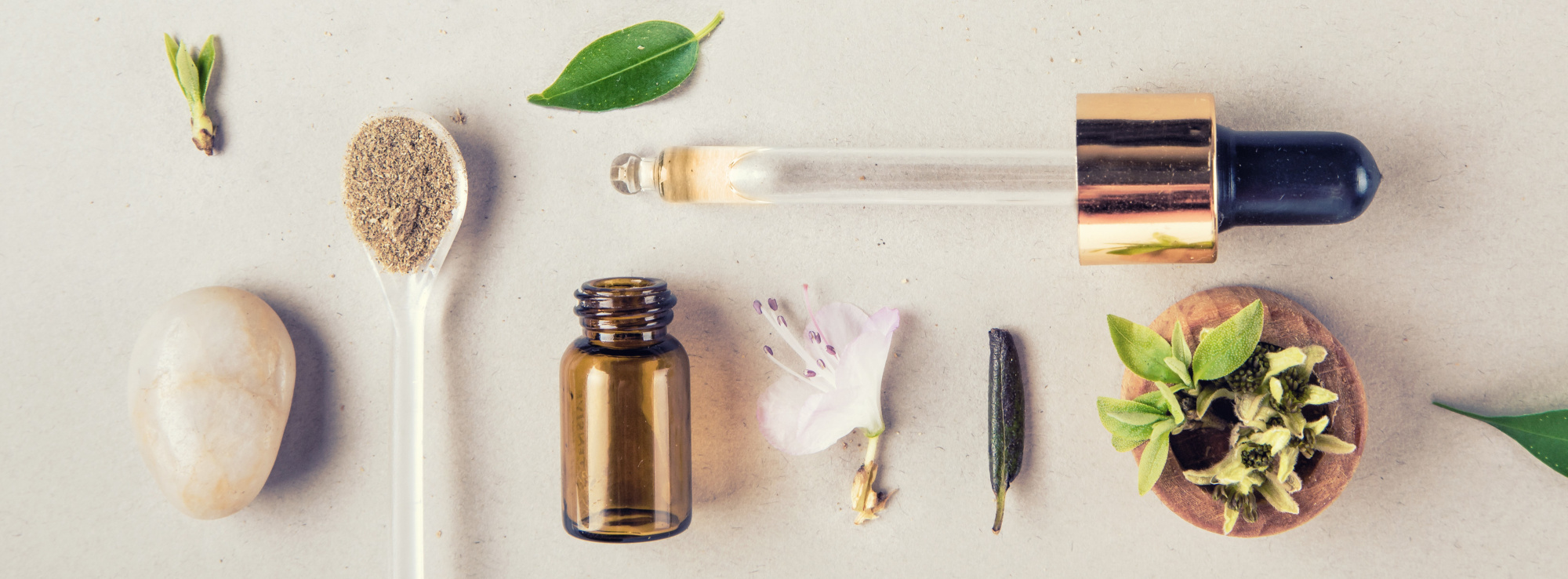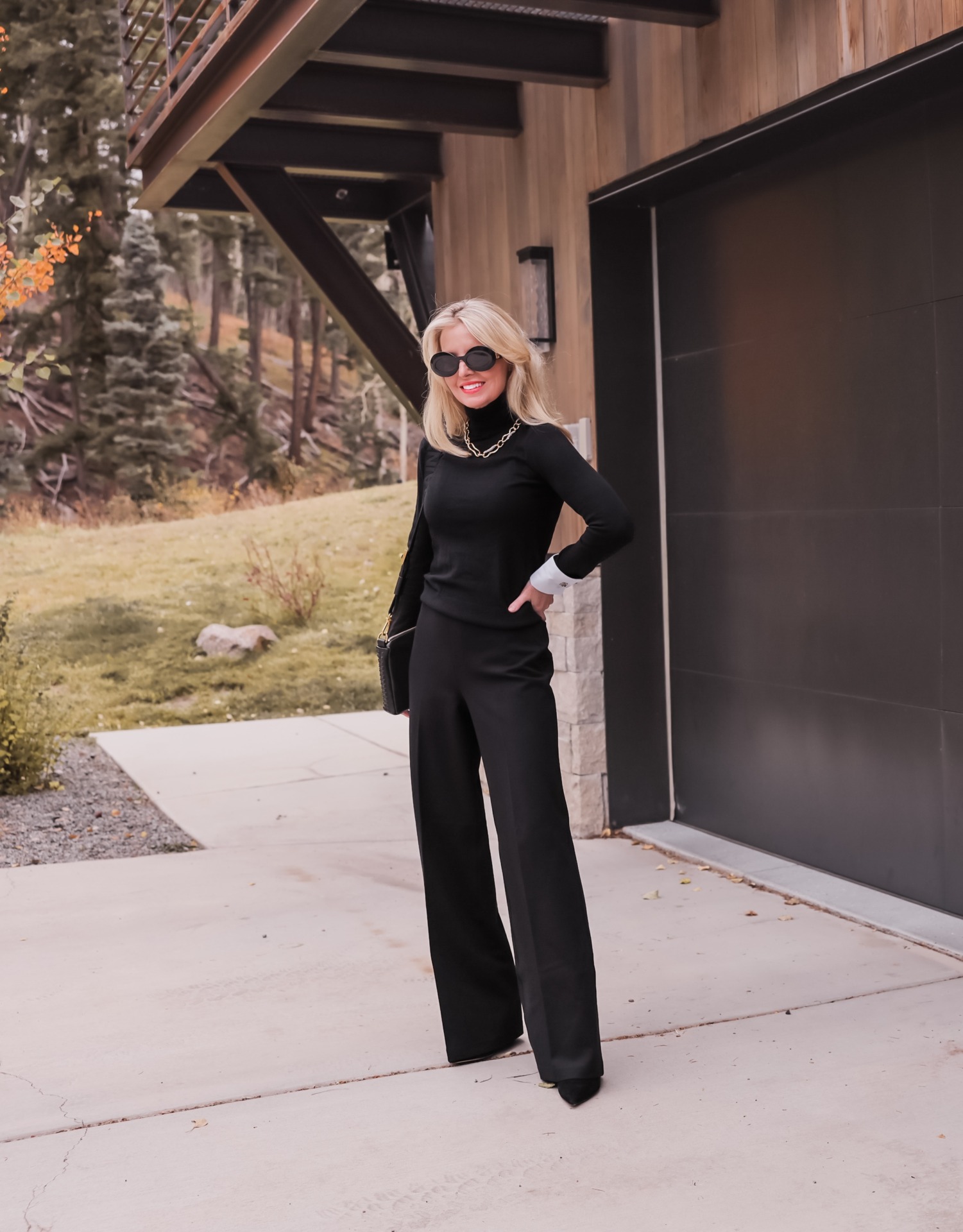
Must-Have Skincare Ingredients
As we continue to vacuum pine needles and finish off what’s left of Aunt Millie’s holiday chocolate bark, we also look ahead towards the fabulous possibilities of 2022. (Please, oh please not a 2020-too!). And for me, that means scoping out all the great beauty products, services, treatments and more in the new year. First on my list? Figuring out the most newsworthy and must-have skincare ingredients. Didn’t I do this last year? Yes, yes, I did. But wouldn’t you know there’s more. Lots more actually. And, FYI, there’s not a bottle of snail mucin in sight (thank goodness). So, after my usual research and testing, I narrowed my list to five skincare ingredients that are already included in many of our favorite products. Let’s take a look!
Do you have any favorite skincare ingredients worth sharing? If so, please comment below. I’m always on the lookout for products that work!
To get Erin’s blog posts delivered directly to your inbox and gain access to our incredible style resources, sign up for the newsletter here. And definitely be sure to sign up for her handbag email list here (her new bag launches in 2022!)






You left out the greatest skin care solution of all
It is Hypochlorous Acid (HOCl)
Nothing better, safer or effective!
Oooh, I’ll have to check it out, thank you!
So creative! Would have never thought of these ingredients.
Another valuable article, I don’t know how you know these ingredients, but I’m happy to have one source for my education, thanks!
Hi Louisa and happy new year! So glad you liked the article – you’ll have to let us know if you incorporate any of these new ingredients 🙂
Great article! I heard great things about copper peptides. This article convinced me that I should at least give them a whirl…
Good read! Excited to try out some new tips…not sure if I’m brave enough for the snail one though ????